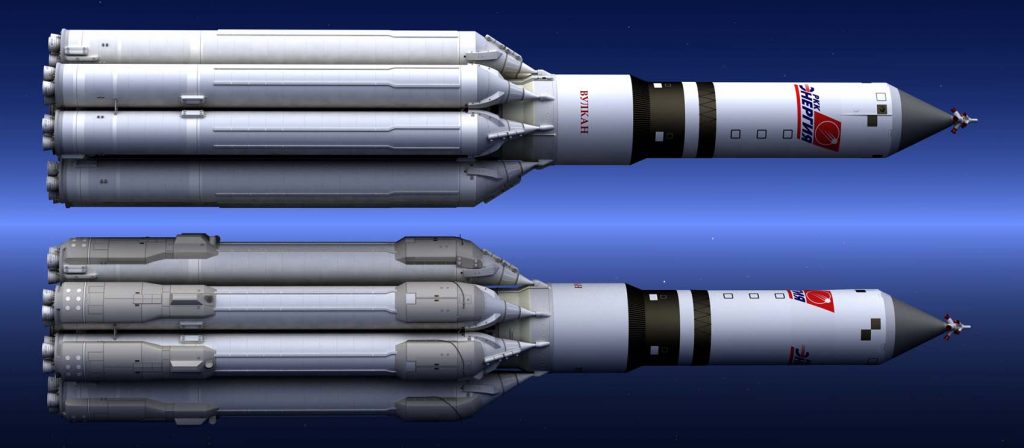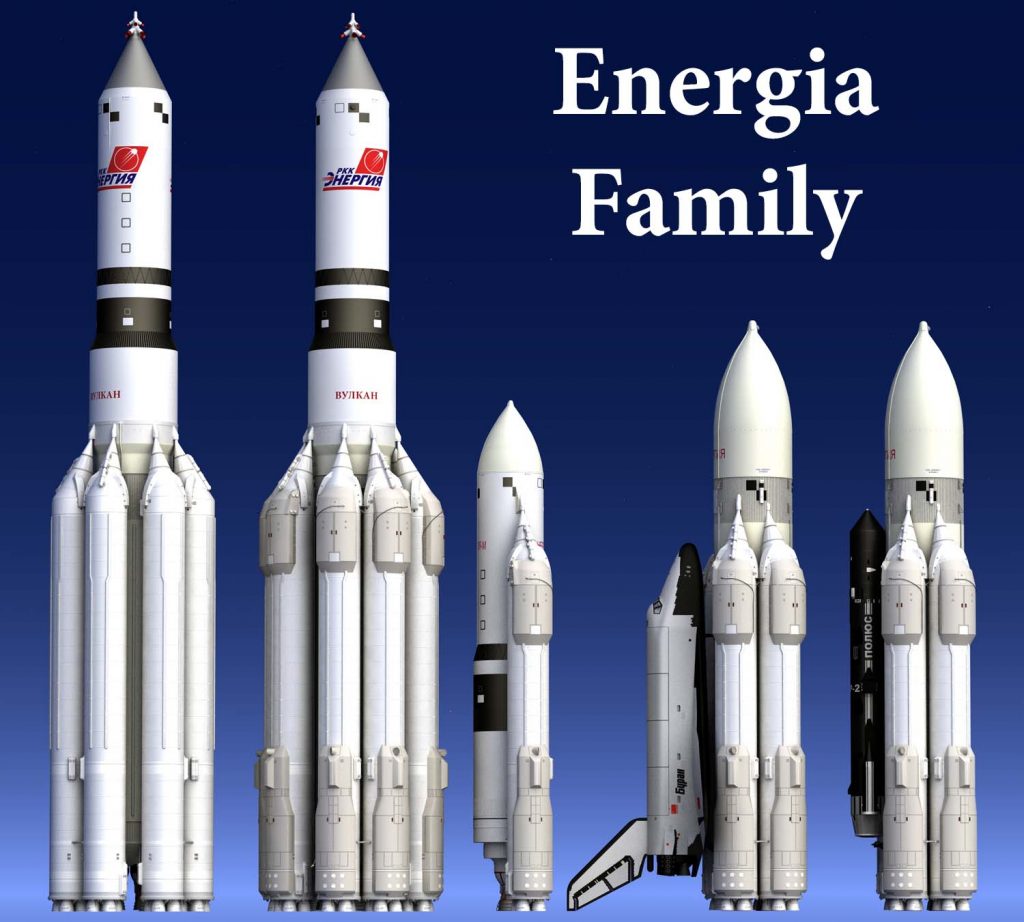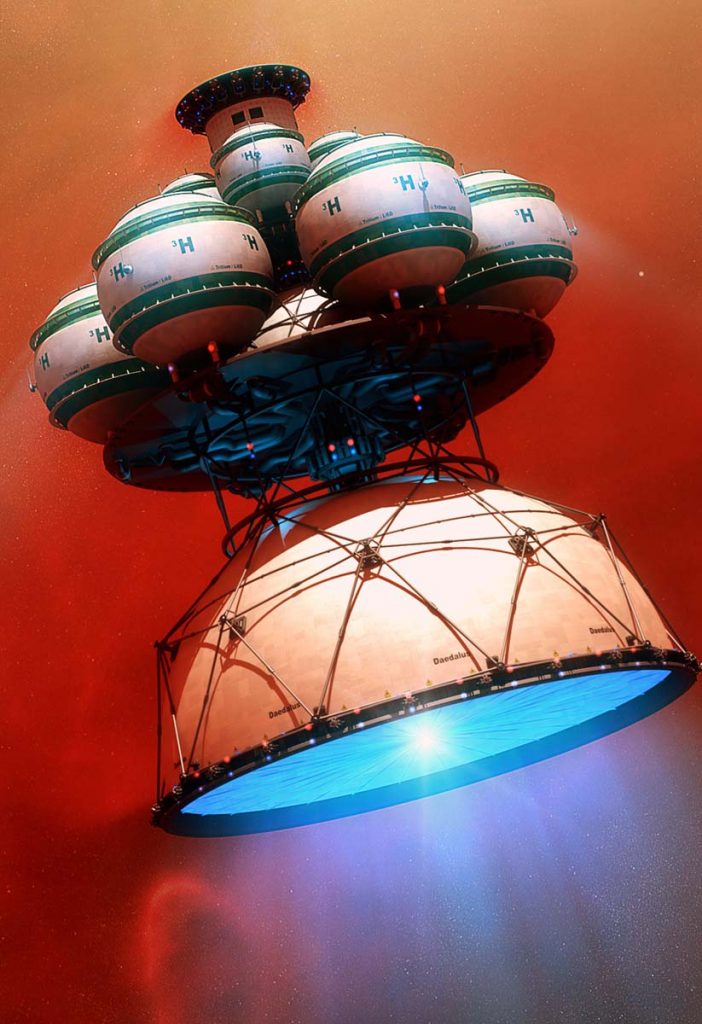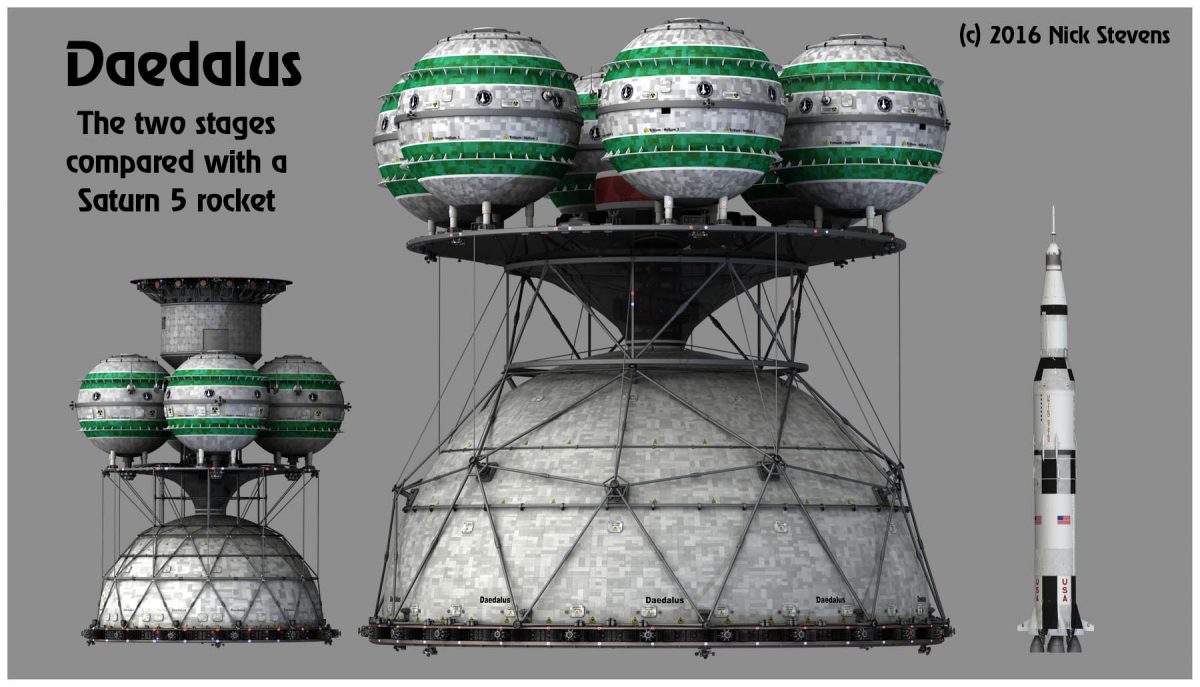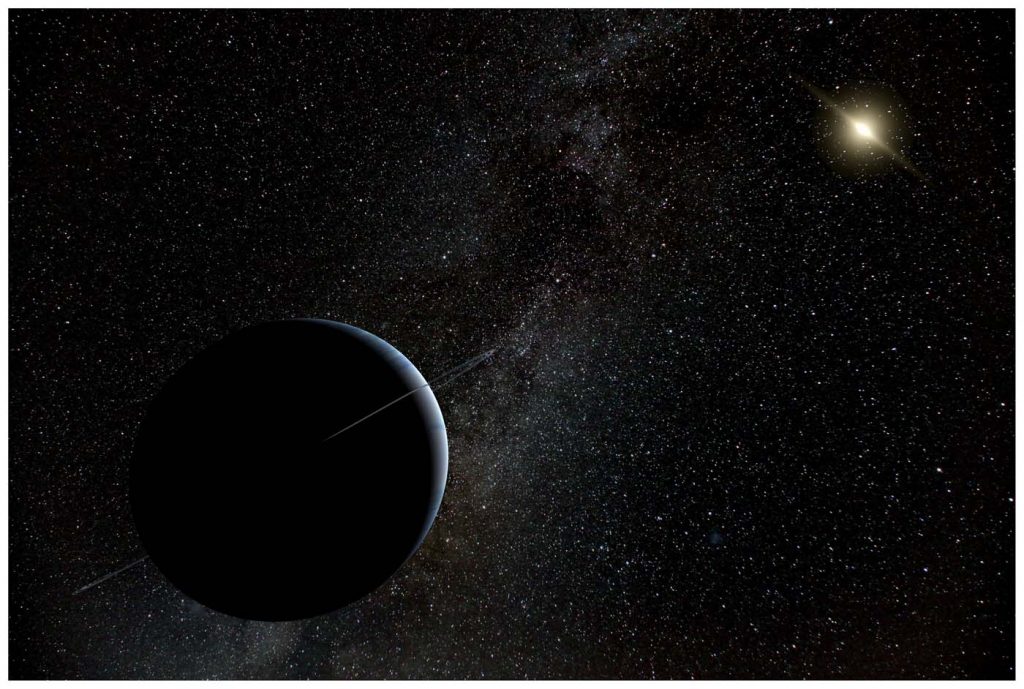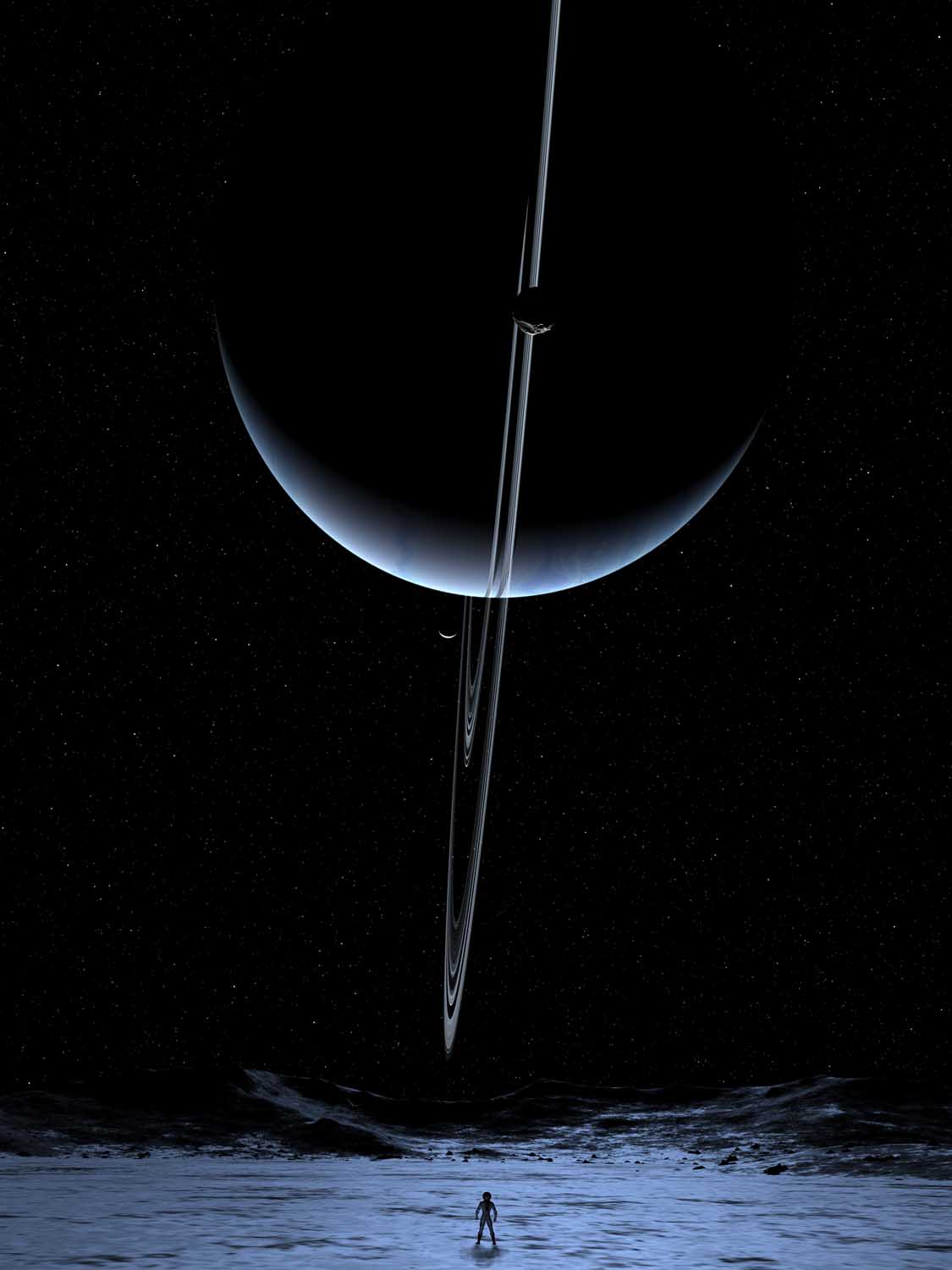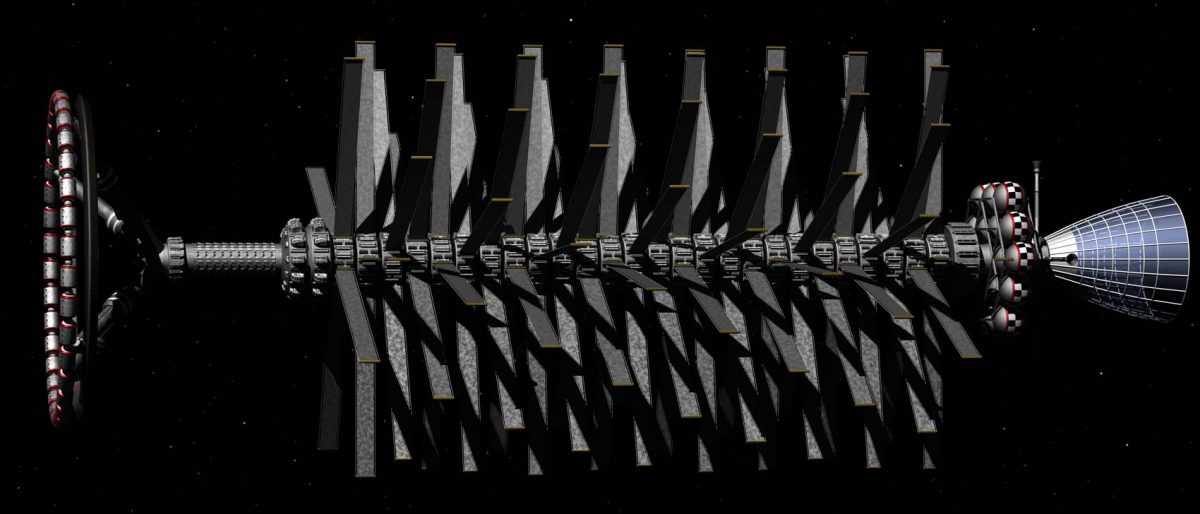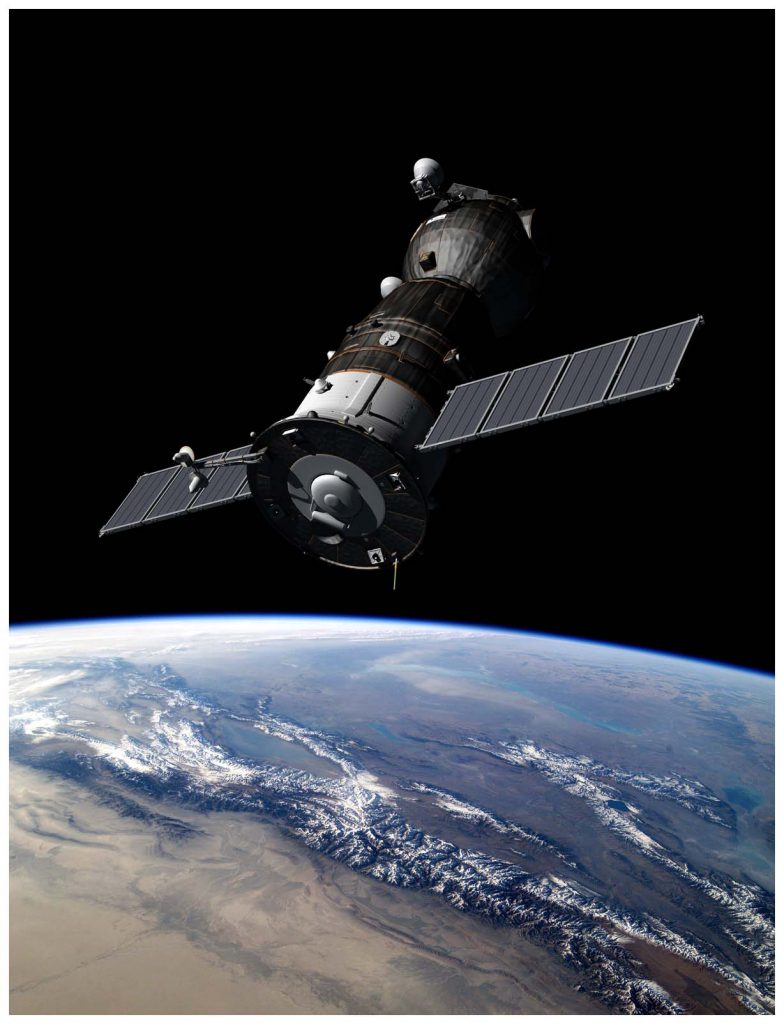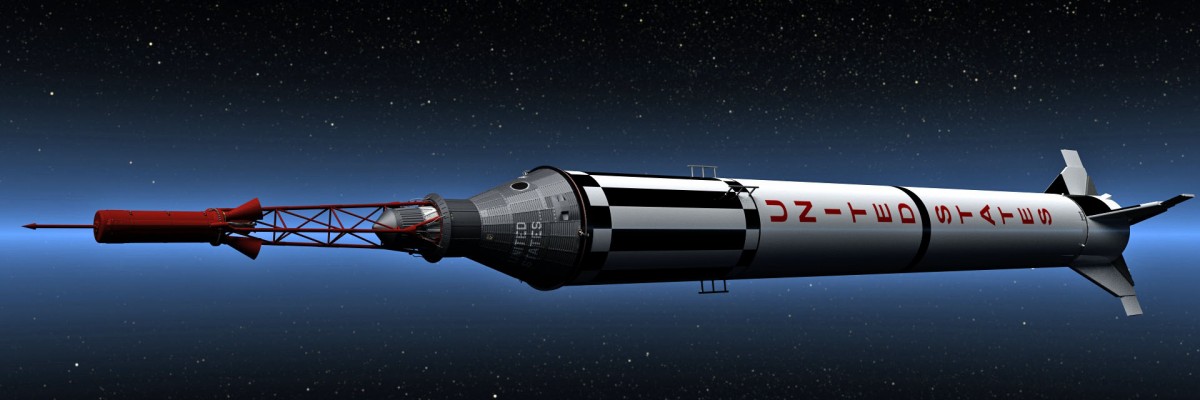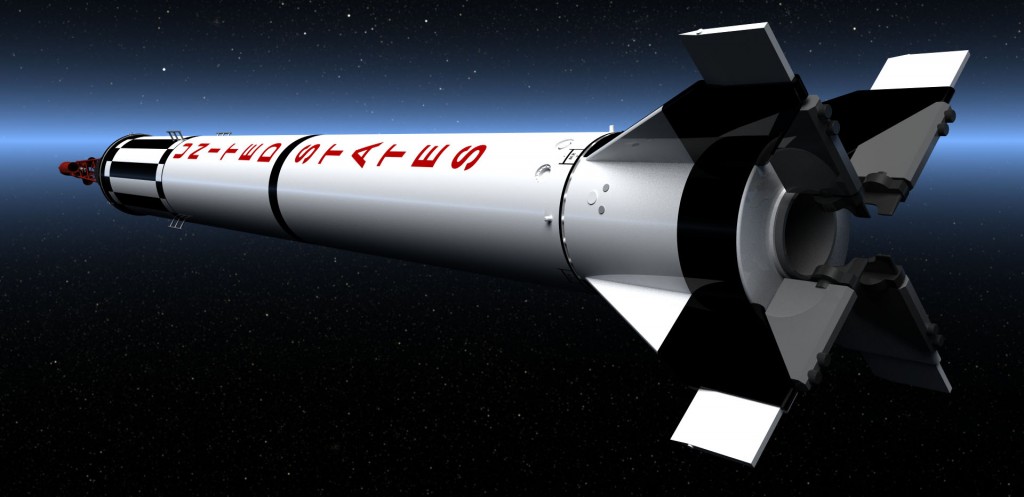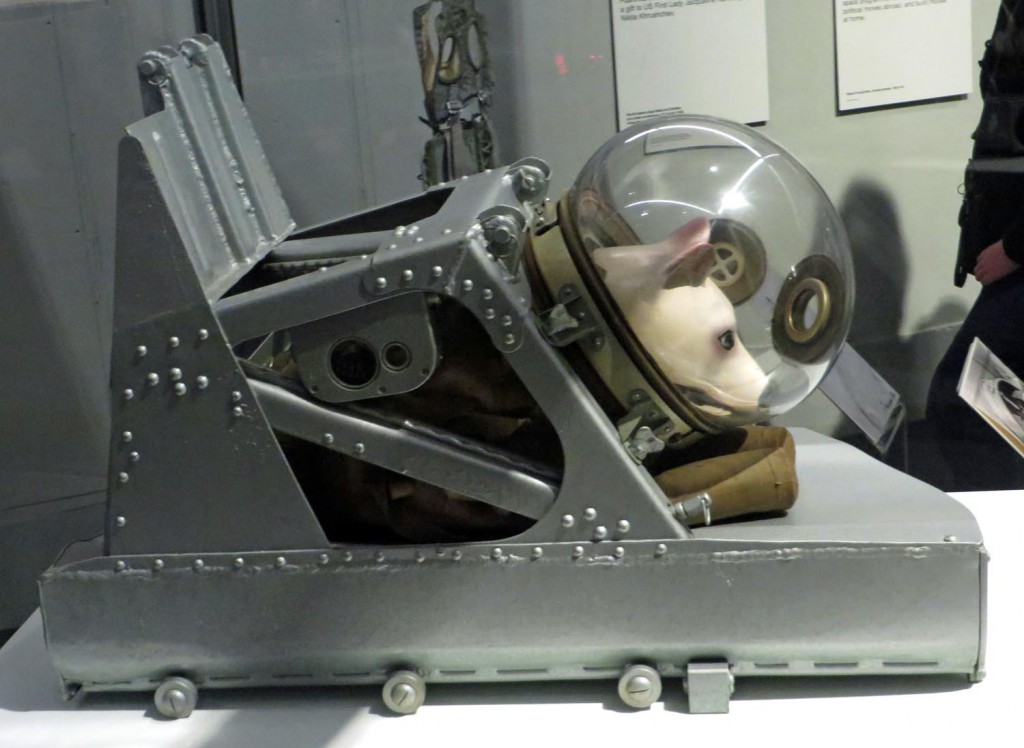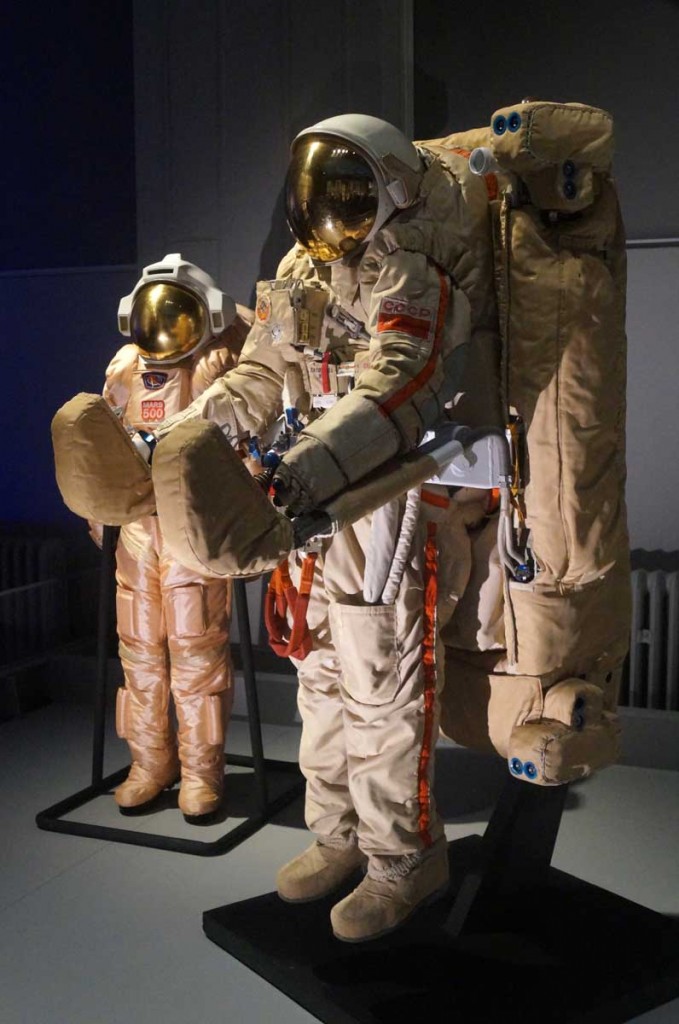A collaboration with Ali Ries.
I was very interested when fellow IAAA member Ali Ries offered me the chance to use some of her glorious nebula backgrounds. I’m not very good at using strong colour, and this seemed like an excellent chance to get some practice in.
(You can see her work at Deviant Art).
I found a nice starship in the file libraries at Foundation 3D, and set about it.
I used a yellow distant light for the key light, matching the colour of the bright star. In exactly the same position I had a red dome light – dome lights are extended sources, (often a whole hemisphere), my idea was that the red light would produce a subtle warm edge to the shadow borders.
I experimented with a blue fill light, for added colour, but without a blue light source onscreen, it did not look right.
After experimenting with a warmer tone for the side light, I decided to go for some very small limited range point lights, acting like running lights on the ship. I struggled to choose between blue and red, but in the end I decided to do both!
Here are the results:
In case you are wondering, I got the title from a misremembered Hawkwind lyric – I liked the idea of a starship once again receiving the light of a Sun after an incredibly long journey.
As usual, all my bits were done in Lightwave 3d.




